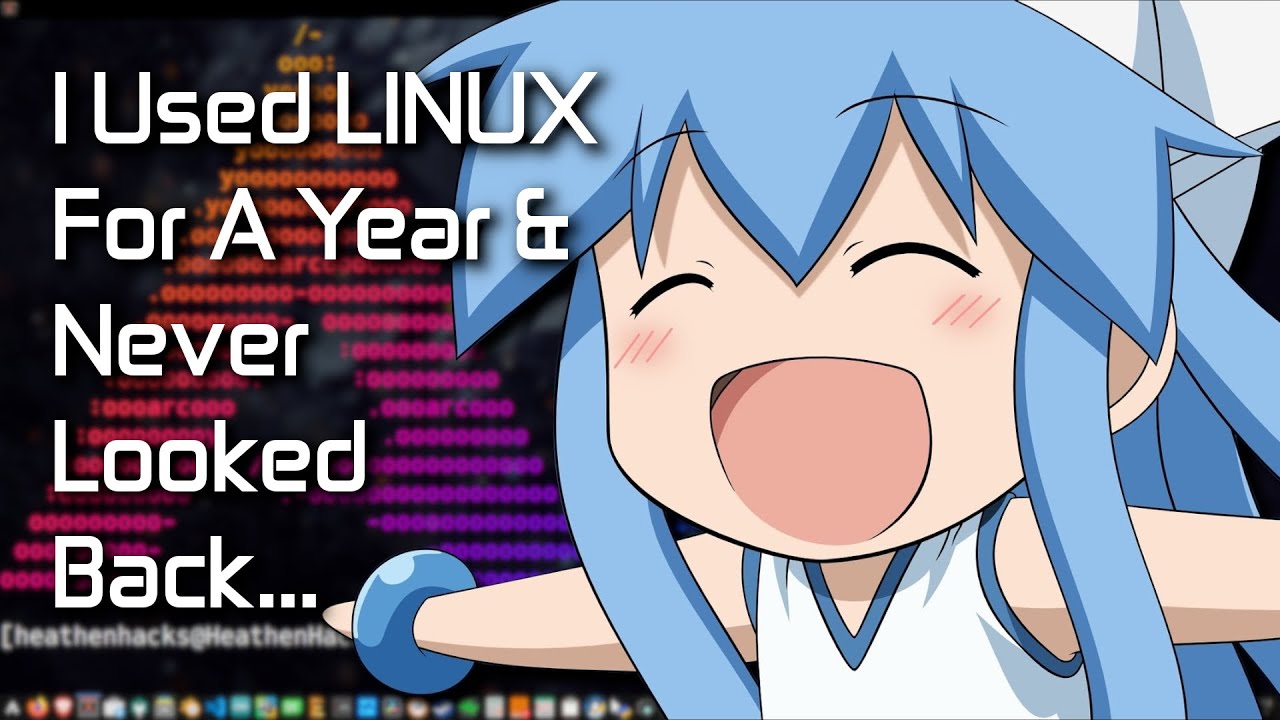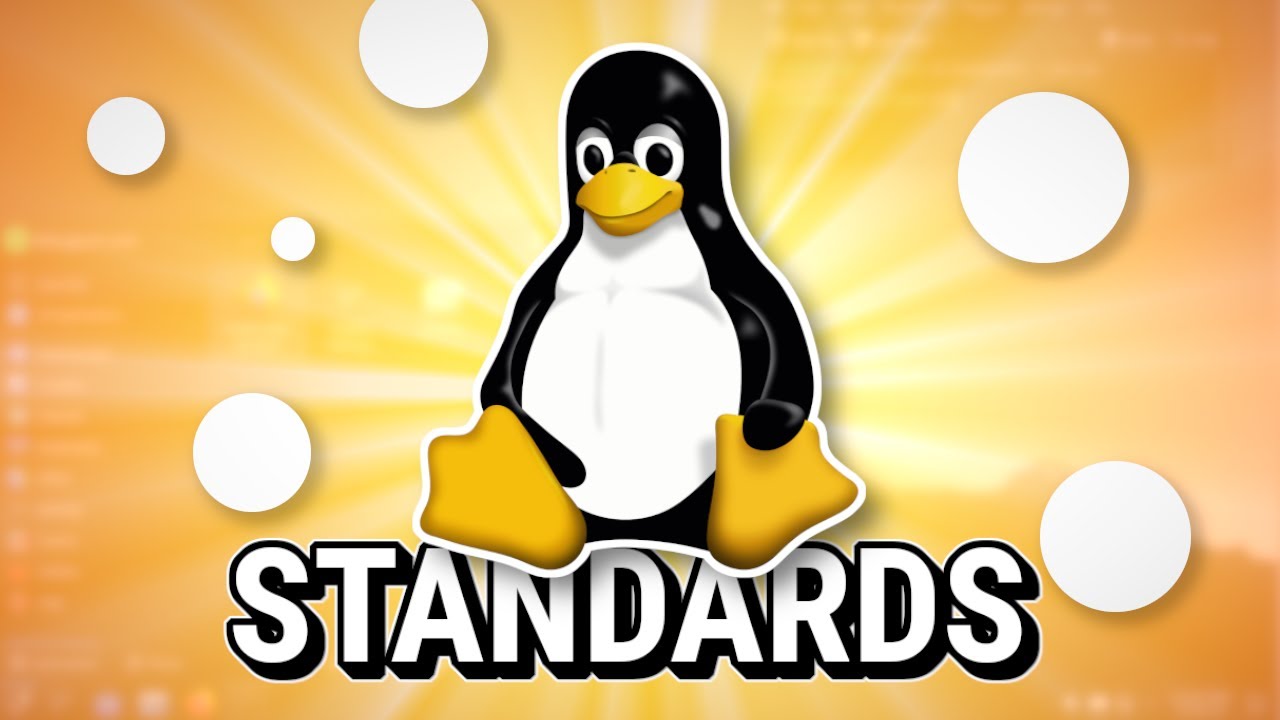ax1900kr
- 11 Posts
- 40 Comments

 44·2 years ago
44·2 years agoLmao removeds. I’m leaving

 56·2 years ago
56·2 years agoThere are different species of humans. Dont really care what the current media says.
The only good think of that distro is their green color.
Two fat fucks cheeto snorting, cheezwiz drinking, McDonald’s serial eater, watermelon-with-feet-looking land whales
Besides the globalists propaganda trying to portrait mixed couples, is very uncommon for white women to be with a black
No, the real engineers design and supervise everything. High skilled technicians assemble everything through the engineers guidance

 52·2 years ago
52·2 years agoBC it’s easier for the any dev to package their program for flatpaks assuring it’ll work in all distributions, otherwise you have to wait for your package manager maintainer to repackage the program for your system. Which is what happens for Arch, debian, Suse, Fedora.
It’s not Thunderbird/program responsibility if they decided to make flatpaks the main source of distribution yet you decide to install it through other means. Which idk if they did but more devs are opting to distribute through flatpaks.
What’s this, first time hearing about it
It’s being replaced by another tec that does use Wayland. All functionalities will still be there
Even SK have friends and families, touch grass dumbass

 619·2 years ago
619·2 years agolook at me, I like being a contrarian outcast
Your meds pal, take them

 302·2 years ago
302·2 years agoGenerally speaking, the advantages of Flatpaks are:
-The developers only need to maintain and release one version
-It’s sandboxed, for each app you can decide which parts of your filesystem are exposed, which env variables, which types of inter-process communications, etc
-You kinda avoid dependency hell. You can use old unmaintained packages because Flatpak will provide old versions of their dependency if they’re needed, while at the same time avoiding unnecessarily duplicated packages
-All installed apps are in your .var folder instead of being system-wide. Every app has its own folder with its own .config and .local/share inside, with their respective config files and data
-It supports partial updates
-It doesn’t require root permissions to use
-It lets you use the most recent software even in really old LTS systems like Debian, and the Flatpaks updates are usually as quick as rolling release distros
-You don’t need to abuse PPAs or the AUR
-It makes your system updates actually faster since you’ll have less system packages, and you’ll be able to update your big apps separately
I may be missing some, but those are the most important to me
Removed by mod







Use Linux